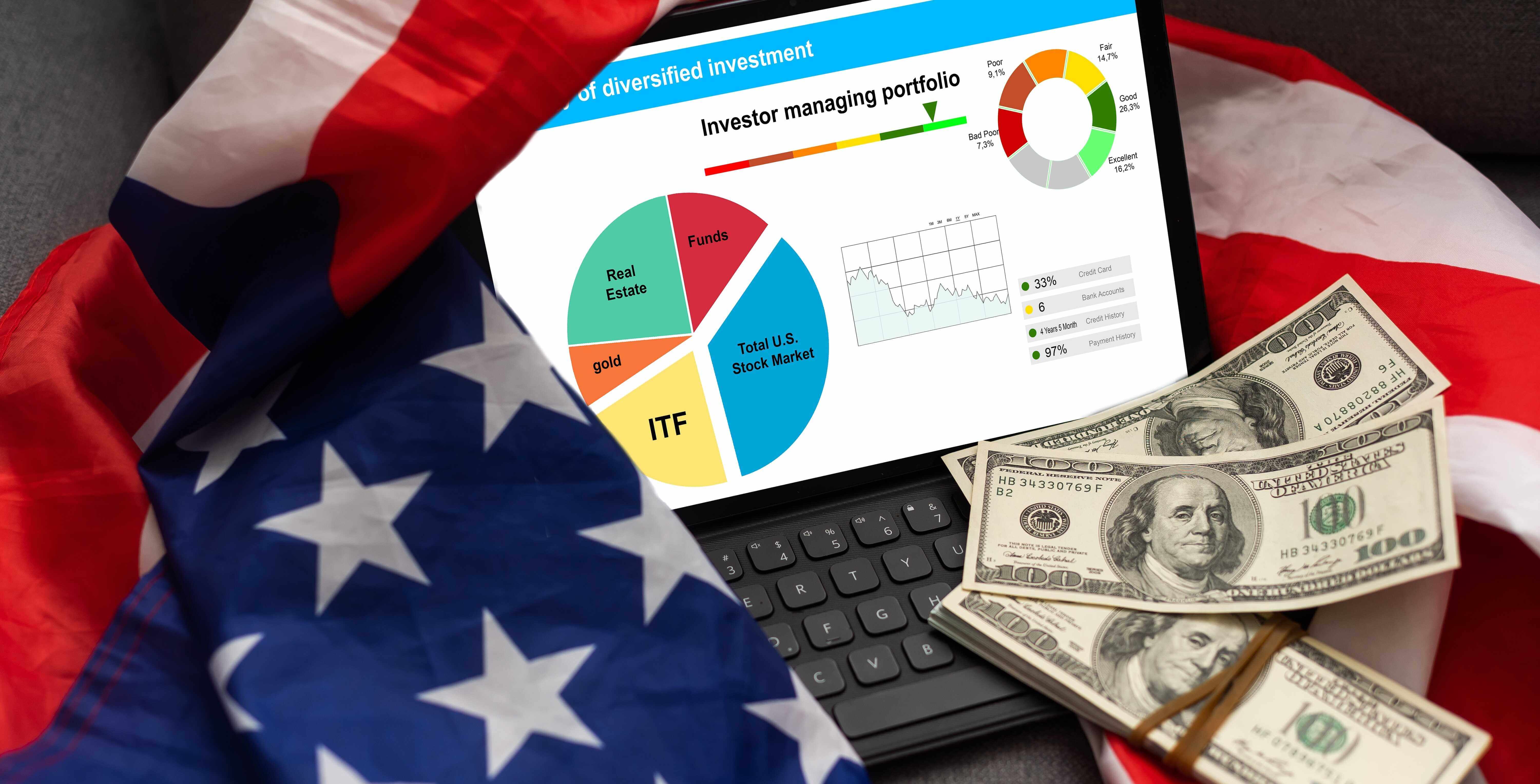4 Reasons To Buy Walmart Stock Like There's No Tomorrow

Are you looking for a new stock pick with relatively low risk, even if that means muted gains? Take a look at Walmart (NYSE: WMT), even at its recently reached record high.
You know the company. Walmart is of course the world's biggest brick-and-mortar retailer, operating more than 10,000 stores collectively generating on the order $670 billion worth of annual sales. That's impressive given the company's modest start as a single store a little more than 60 years ago.
Start Your Mornings Smarter! Wake up with Breakfast news in your inbox every market day. Sign Up For Free »
Sheer size and a solid track record alone aren't enough reason to step into any particular stock, though; plenty of other companies boast equally impressive bullish arguments.
Rather, there are four specific reasons this discount retailer is poised to remain the dominant name in the business, and reward shareholders as a result.
1. The company is evolving into a lifestyle brand
Prior to the advent of e-commerce 30 years ago, Walmart mostly served a utilitarian purpose. Simply having an item on a store shelf at an acceptable price was good enough for most consumers. There were few frills, nor did shoppers expect them. Experiential browsing was left up to department stores and malls.
That's not the case anymore, though. Lines are being blurred, with more and more consumers valuing (and even paying for) convenience, but also expecting something of an experience wherever they're shopping.
Well, Walmart's delivering -- figuratively as well as literally. Its Walmart+ membership program offers free delivery of certain online orders, for example, making it competitive with Amazon Prime. In-store shoppers will also see more mannequin displays and mini shops featuring premium apparel or home goods, akin to mall-based department stores' look and feel.
It's hardly stopping there, however. Private label wine, technology installation service, and veterinary services are just some of the ways the retailer has tinkered with deepening its everyday relationships with customers to become and remain a top-of-mind option. It even now owns smart-television maker Vizio, presumably to leverage its reach as an advertising medium.
Not all of these net-widening experiments have panned out as hoped, to be clear. But enough of them are working out.
2. Even affluent households now like the value it offers
When inflation was soaring just a couple years ago, Walmart frequently highlighted how the bulk of its market share gains were coming from households earning in excess of $100,000 per year -- a sliver of consumers the company hadn't necessarily done all that well with in the past. But when money is tight, it's tight for everyone.
What's interesting, however, is now that inflation is finally abating, these same affluent shoppers are sticking around. As CEO Doug McMillion said, "households earning more than $100,000 made up 75% of our share gains." Curiously, Target -- which had historically done well with this crowd by being able to offer "cheap chic" looks -- is now losing these customers to Walmart, with the lousy same-store sales numbers to prove it.
If this is the new norm, Walmart should continue outgrowing its competition as it improves its understanding of these affluent consumers, and better cater to their lifestyle expectations.
3. Walmart is gaining e-commerce market share (even on Amazon)
There's no denying Walmart initially dropped the ball on the e-commerce, allowing Amazon to establish a foothold en route to dominance that could have at least been partially curbed. Now Walmart is playing catch-up, from a defensive position.
It is catching up, though. After investing billions of dollars in its e-commerce platform before and during this period, market research outfit Digital Commerce 360 says Walmart's share of the United States' online-shopping market has grown from 2017's 4.4% to around 10.6% now. That's still minuscule compared to Amazon's share of 39.7%, but that figure's only up from 36.4% seven years back.
Connect the dots. Walmart is out-gaining Amazon, capturing more of this still-growing sliver of the retailing industry.
And for what it's worth, there's plenty of opportunity ahead. eMarketer predicts the nation's e-commerce market will grow at an average annual pace of nearly 9% through 2028, with Walmart's online business expected to outgrow all other major players in this space -- including Amazon -- to end up 31% bigger at the end of the four-year stretch.
4. Its massive size is making a difference
Finally, although the biggest companies in a particular industry aren't inherently that industry's best investments, there's a reason these companies have been able to surpass all of their competitors as Walmart has. It's also much easier to maintain a dominant position than it is to earn one, simply because that organization has more fiscal muscle to flex, and existing reach to leverage.
It's admittedly not fair to rivals like Target, Kroger, or others. As an investor, however, you don't want a fair fight. You want the companies you own to be able to push their competitors around.
Just understand what this investment will be, and won't be
Walmart may be the pick of the litter for the consumer/retailing category of stocks. That doesn't mean it's a must-have pick for you, though. Again, with its lower risk you'll likely see less reward than you might with a more familiar growth stock like the aforementioned Amazon. Define your goal first, and then choose stocks accordingly. If you'll gladly exchange upside potential for consistency and certainty, Walmart is a solid bet.
You'll also be paying a bit of a premium for it, by the way. Walmart shares are currently priced richly about 35 times the coming year's expected earnings, and only a hair under analysts' consensus price target of $100.31.
The thing is, you should expect and be willing to pay a premium for quality like this stock offers.
This might help: Despite Walmart stock's oversized gains for the past couple of years, the vast majority of the analyst crowd still rates it as a strong buy even at its lofty valuation.
Should you invest $1,000 in Walmart right now?
Before you buy stock in Walmart, consider this:
The Motley Fool Stock Advisor analyst team just identified what they believe are the 10 best stocks for investors to buy now… and Walmart wasn’t one of them. The 10 stocks that made the cut could produce monster returns in the coming years.
Consider when Nvidia made this list on April 15, 2005... if you invested $1,000 at the time of our recommendation, you’d have $763,921!*
Stock Advisor provides investors with an easy-to-follow blueprint for success, including guidance on building a portfolio, regular updates from analysts, and two new stock picks each month. The Stock Advisor service has more than quadrupled the return of S&P 500 since 2002*.
*Stock Advisor returns as of January 27, 2025
John Mackey, former CEO of Whole Foods Market, an Amazon subsidiary, is a member of The Motley Fool's board of directors. James Brumley has no position in any of the stocks mentioned. The Motley Fool has positions in and recommends Amazon, Target, and Walmart. The Motley Fool recommends Kroger. The Motley Fool has a disclosure policy.


